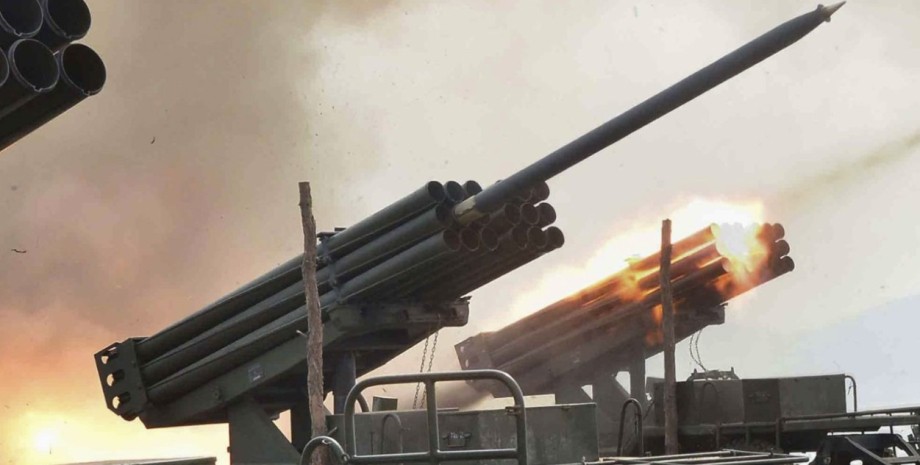
 By Eliza Popova
By Eliza Popova
Now this video serves as the first visual confirmation of their combat use. According to the Main Directorate of Intelligence of the Ministry of Defense of Ukraine, Russian troops have already received about 120 such systems from the DPRK, and a new party is being prepared. The M1991 RSZV is an analogue of the Soviet Hurricane, which uses uncontrollable reactive shells. This type of weapons is in service with the DPRK - the systems were shown during the trials in May 2023.
According to South Korean sources, the North Korea army has about 430 such installations, some of which are deployed together with 170mm by self-propelled howitzers of M1989 Koksan and 300 mm RSZV KN-09 in the border area. Army recognition observers note that despite low accuracy, M1991 is effective in the role of suppression in large areas of terrain, which corresponds to the current task of the Armed Forces of the Armed Forces of the Russian Federation.
The installations are usually arranged on fortified or semi -fastened positions and are able to strike coordinated shocks. The time of combat work is about 19 minutes, of which seven minutes go for preparation, a minute for fire and six minutes to move. M1991 is intended for firing unmanaged 240 mm missiles. Each ammunition weighs about 497 kg, including a 90-kg warhead, and the starting installation can carry out a full volley of 22 missiles in about 45 seconds.
The firing range is from 40 to 60 km, and according to unconfirmed data, new options reach 120 km. There is also an assumption that RSSLs can fire not only with cohage ammunition, but also smoke, inflammatory and possibly chemical warheads.
Experts stressed that the use of the M1991 by the Russian army confirms the long -term cooperation between Moscow and Pyongyang in the military sphere, and also indicates an increase in the dependence of the Russian Federation on the external supply of weapons against the background of large losses of their own artillery systems.


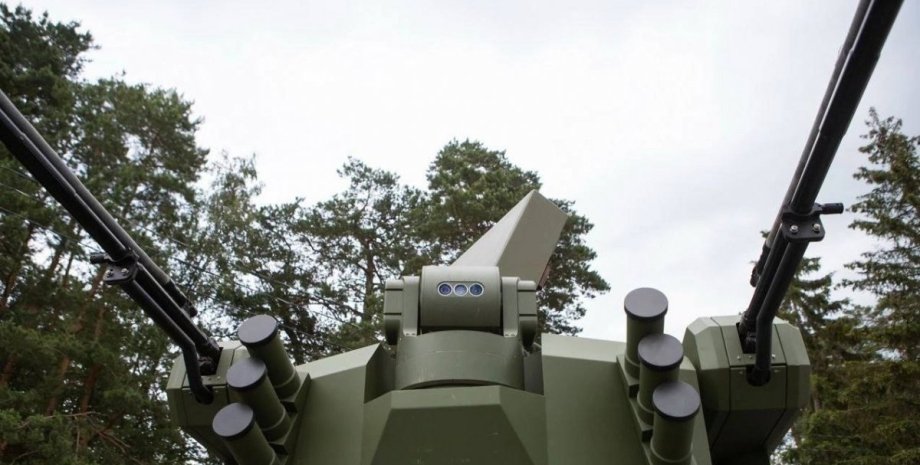
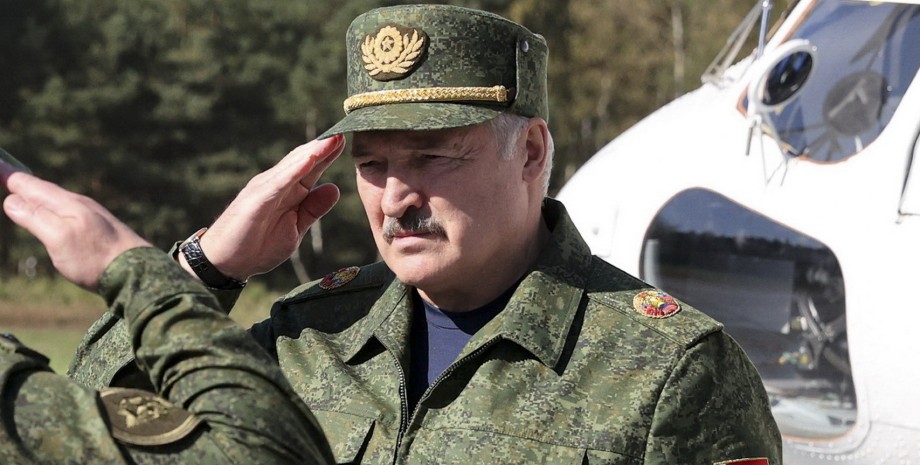
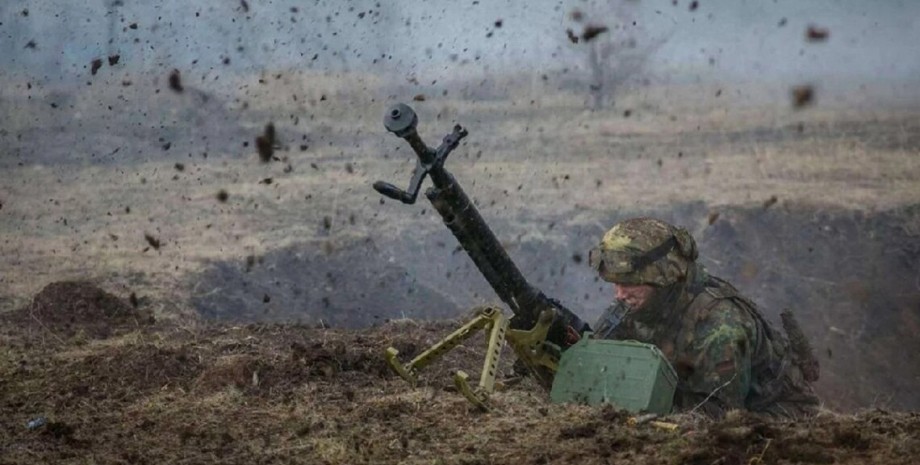

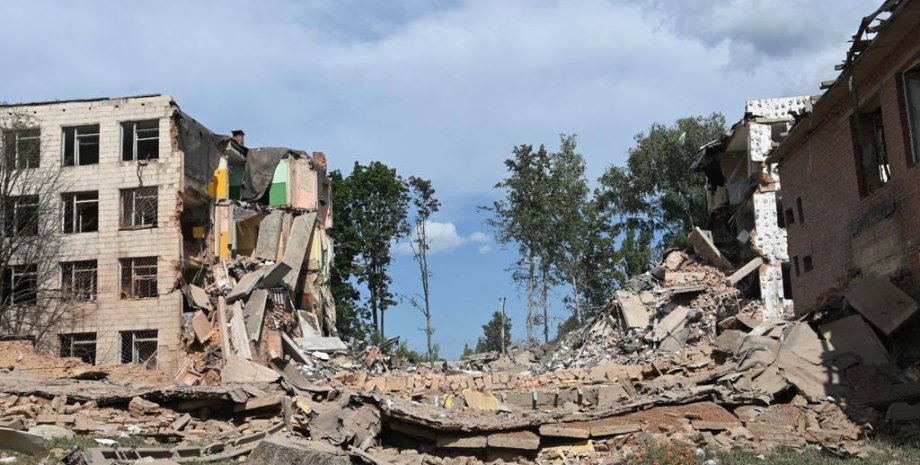

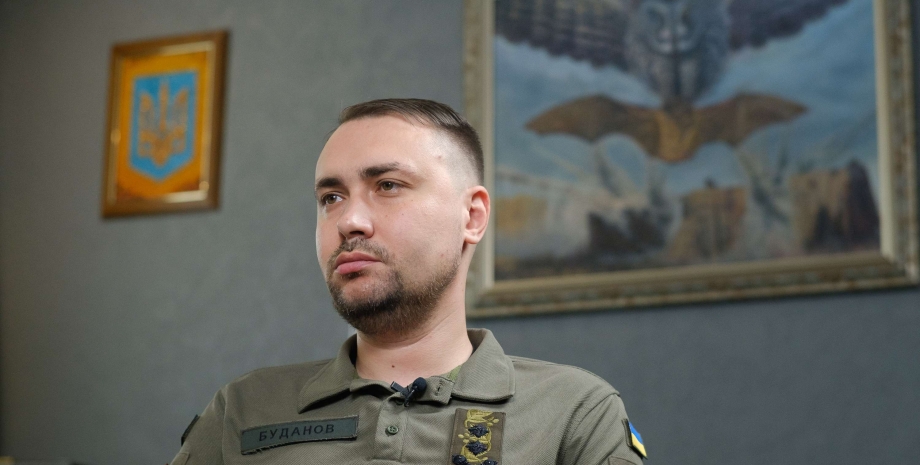
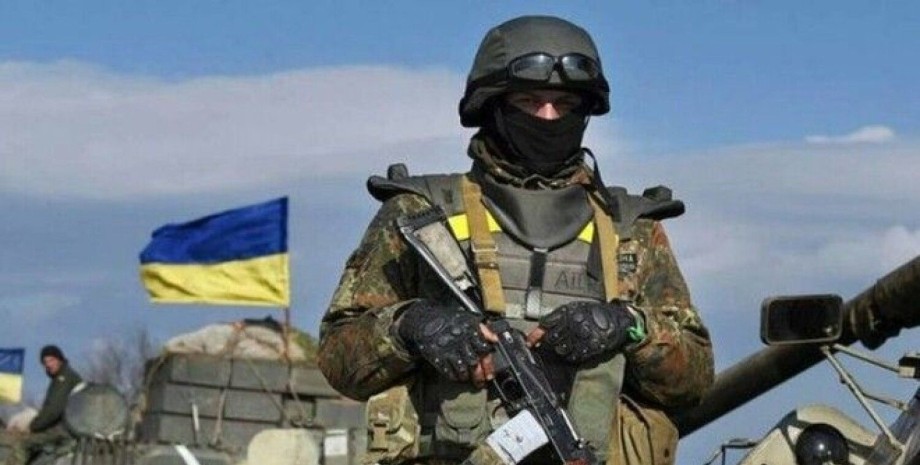
All rights reserved IN-Ukraine.info - 2022